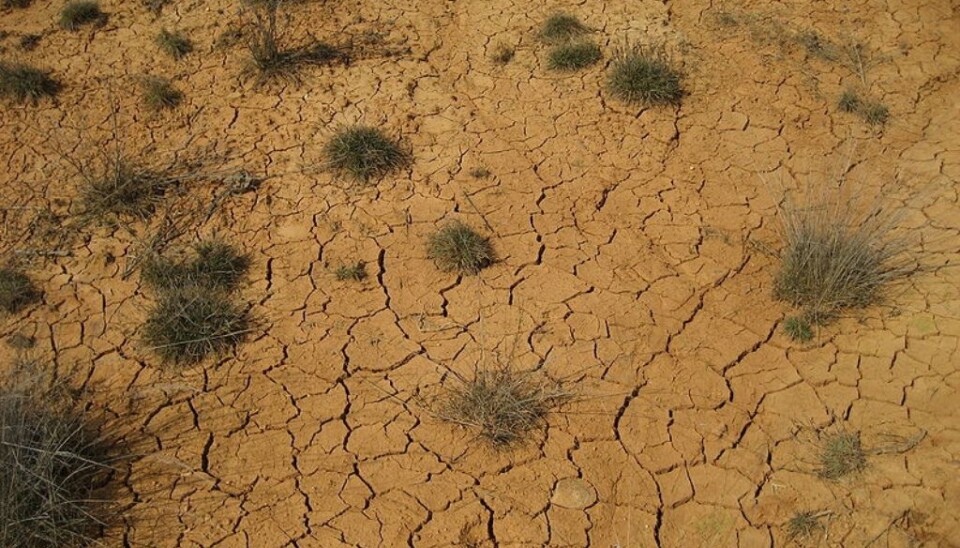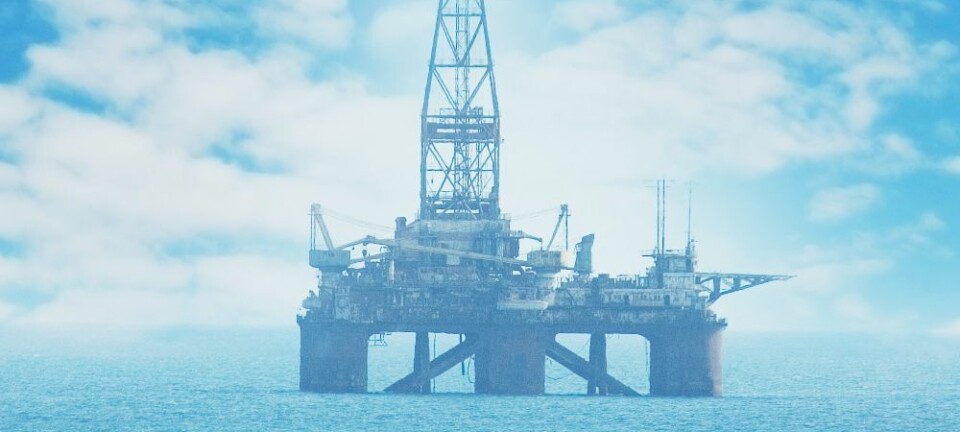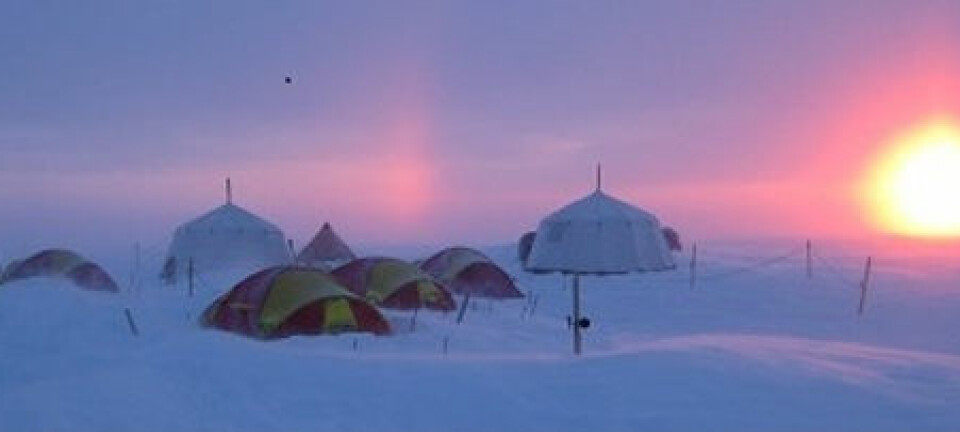
Natural disasters ease conflicts
Droughts and floods don’t lead to conflicts and they can even increase community spirit and lessen the chances of war, according to climate expert.
Denne artikkelen er over ti år gammel og kan inneholde utdatert informasjon.
Many fear that more frequent natural catastrophes will lead to more human conflicts as the struggle for diminishing resources toughens and populations are forced to flee.
This week in Oslo, the Climate and Pollution Agency teamed up with the Norwegian Ministry of the Environment, the Ministry of Foreign Affairs, the Directorate for Civil Protection and Emergency Planning and the University of Oslo in arranging a conference about extreme weather and catastrophes.
Rune Slettebak from the Norwegian University of Science and Technology (NTNU) has searched for a pattern among nearly 8,000 registered climate-related natural catastrophes that have occurred across the globe in the past 60 years and matched these against the spots where armed conflicts have ignited in the same year or the following year.
His findings have been presented in an article with the descriptive title «Don’t blame the weather», in this year’s first issue of the Journal of Peace Research.

Slettebak concludes that there is a link, but it might not be what most people expect.
“My findings indicate that as regards the impact of climate related natural catastrophes on civil wars and armed conflicts, such disasters reduce the danger,” says Slettebak.
Rational and kind behavior in the face of catastrophes
According to Slettebak this picture tallies well with earlier research in catastrophe sociology, which studies the ways that people react to catastrophic situations.
During the Cold War American government was keen to find out how the population would react in the country were stricken by a nuclear attack. They couldn’t simulate a nuclear explosion on their own citizens so their point of departure was to see how people behaved during natural disasters.
It’s simply too tiresome to fight in the chaotic conditions following a natural disaster.
Some 16,000 interviews were carried out in connection with 144 natural catastrophes and the results surprised scientists. People didn’t become lawless, but rather they behaved rationally and kindly.
“On the short term natural catastrophes contribute to community spirit and altruism among those who are stricken. This feeling of community can help lower the risk of conflicts,” says Slettebak.
Unfortunately altruism and solidarity doesn’t necessarily provide the whole explanation, according to Slettebak:
“Another explanation is that it’s simply too burdensome to fight in the chaotic conditions following a natural disaster.”
Distracts attention
Politicians and others are worried about climate change leading to armed conflicts.
For instance State Secretary Gry Larsen at Norway’s Ministry of Foreign Affairs said in a speech at the Nansen School last year that “we have all reason to fear that climate changees and increased pressure on natural resources will in certain cases result in armed conflicts”.
However, Slettebak’s research shows that natural catastrophes that have the most constraining effects are catastrophic droughts, even though these are disasters which could potentially trigger conflicts about water resources.
Slettebak maintains that the linkage of climate changes and natural catastrophes directly to conflicts is imprecise and potentially harmful if the objective is to prevent conflicts and civil war.
“If we assume that an increase in climate related natural catastrophes leads to more conflicts, we distract attention from the issues that demonstrably do cause them, such as the political and economic conditions in a country,” says Slettebak.
Poverty has more impact
Poverty, a large population consisting of several cultures and a weak, semi-authoritarian government comprise the recipe for civil war, according to Slettebak. Oil-exporting countries are also more vulnerable.
If these factors are involved, they will have more of an impact on the development of a conflict than a prospective natural catastrophe.
Nevertheless, Slettebak doesn’t wish to avert attention from the consequences of climate changes.
Climate changes will cause more extreme weather and more natural catastrophes and these will hit the poorest people hardest.
“But we should focus less on fears that climate changes will lead to conflicts and pay more attention on the direct consequences of natural disasters – loss of human life and property damage, and do what we can do to limit these,” says Slettebak.
Disagreement among researchers
Several studies have been made in recent years regarding social conflicts and climate changes. In 2009 researchers at the University of California documented a link between years with higher average temperatures with a rise in outbreaks of civil wars in Africa.
The following year Halvard Buhaug at the Peace Research Institute in Oslo published research results that disputed this temperature connection. But in August 2011 the journal Nature published the results by researchers documenting a relationship between the El Niño cycle and outbreaks of civil wars.
Much of earlier research in the field has focused on certain geographical areas, such as Africa and the equatorial countries of South America and Asia. Several of these areas are impoverished and have been plagued by conflicts for decades.
“In order to evaluate which factors really influence the risk of civil war, they have to be tested on all countries, not just on those that already run high risks,” argues Slettebak.
--------------------------
Read this article in Norwegian at forskning.no
Translated by: Glenn Ostling

































